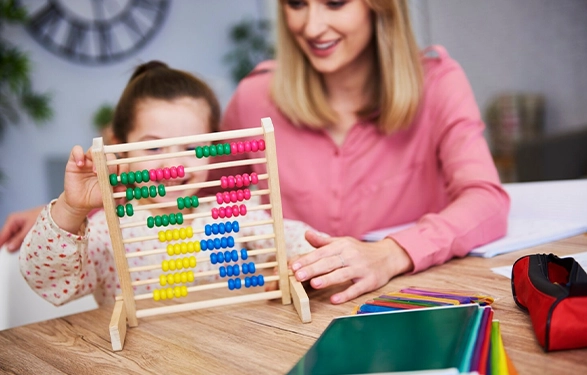Math Manipulatives for Multiplication
Math manipulatives for multiplication are hands-on tools that help students visualize and understand multiplication concepts more effectively. By using objects such as counters, base-ten blocks, or arrays, learners can physically represent and solve multiplication problems, making abstract ideas more concrete. These tools are especially useful for younger students or those who struggle with traditional memorization methods, as they promote active engagement and deeper comprehension of number relationships.
Math manipulatives for multiplication can also be integrated into classroom activities, small group work, or individual study sessions to encourage interactive learning. Teachers may use color-coded pieces, fraction tiles, or bead strings to demonstrate patterns, grouping, and repeated addition in a visually appealing way. This approach not only supports different learning styles but also builds problem-solving skills and mathematical confidence through practical, hands-on experience.
Math Manipulatives for Multiplication 3rd Grade
Math manipulatives for multiplication 3rd grade help students build a strong foundation in understanding multiplication through interactive and tangible experiences. Using multiplication manipulatives such as counters, linking cubes, and number lines allows learners to physically group and count objects, reinforcing the concept of repeated addition. This approach is particularly effective for visual and kinesthetic learners, as it transforms abstract multiplication facts into something they can see and touch.
Teachers often introduce hands-on multiplication tools during lessons to encourage exploration and discovery. These tools—like array cards, multiplication charts, or pegboards—enable students to create and solve problems in a way that feels like play.
- Counters for grouping equal sets
- Array mats for visualizing multiplication facts
- Number lines for sequential counting and jumps
By incorporating manipulatives into regular practice, third graders not only improve accuracy and speed but also develop a deeper conceptual understanding that supports more advanced math learning in later grades.

Math Manipulative for Division and Multiplication
Math manipulative for division and multiplication provide versatile ways to teach both operations using shared strategies. With visual multiplication strategies such as area models and grouping diagrams, students can see how numbers interact in different contexts, making it easier to transition between multiplication and division. This visual connection helps learners grasp the inverse relationship between the two operations, fostering long-term retention.
Using concrete math aids like base-ten blocks, fraction circles, and bead strings offers a hands-on approach to problem-solving. These aids allow students to break down complex problems into manageable parts, whether they are multiplying larger numbers or dividing into equal groups.
The adaptability of these tools ensures they can be tailored to different skill levels, enabling students to work independently or collaboratively. Over time, this method strengthens number sense, logical reasoning, and confidence when tackling various math challenges.
The use of manipulatives for both multiplication and division also promotes active engagement, as students are encouraged to experiment with different arrangements and problem-solving methods. This exploratory process not only reinforces key concepts but also nurtures curiosity, making math feel less intimidating.
